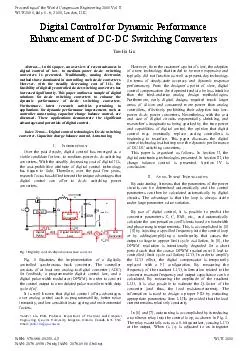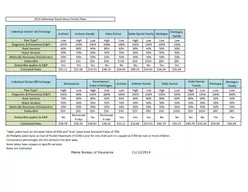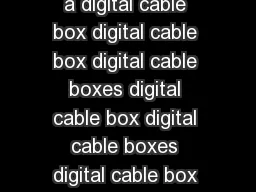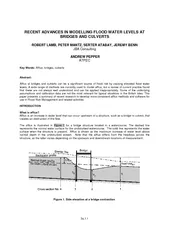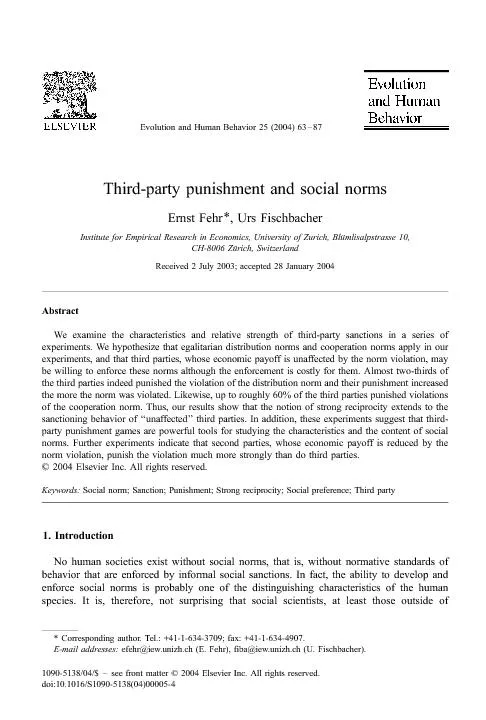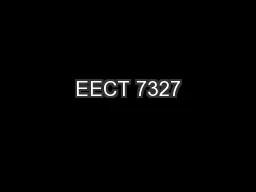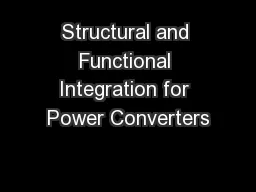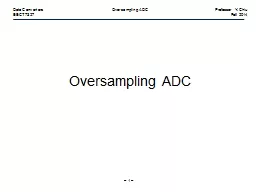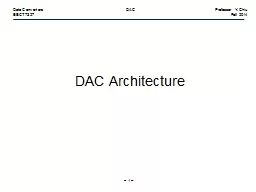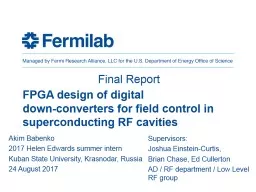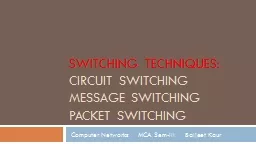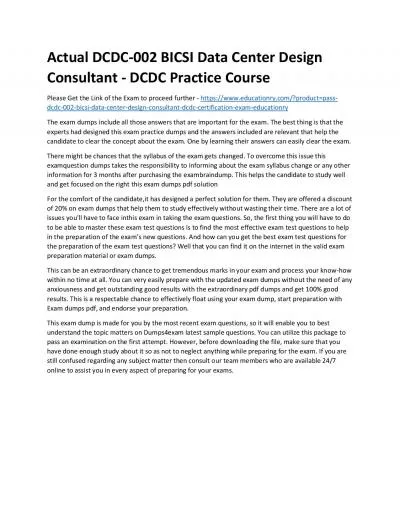PDF-Abstract In this paper an overv iew of recent advances in digital control of low to mediumpower
Author : conchita-marotz | Published Date : 2014-12-14
Traditionally analog electronics methods have dominated in cont rolling such dcdc converters However with the steadily decreasing cost of ICs the feasibility of
Presentation Embed Code
Download Presentation
Download Presentation The PPT/PDF document "Abstract In this paper an overv iew of ..." is the property of its rightful owner. Permission is granted to download and print the materials on this website for personal, non-commercial use only, and to display it on your personal computer provided you do not modify the materials and that you retain all copyright notices contained in the materials. By downloading content from our website, you accept the terms of this agreement.
Abstract In this paper an overv iew of recent advances in digital control of low to mediumpower: Transcript
Download Rules Of Document
"Abstract In this paper an overv iew of recent advances in digital control of low to mediumpower"The content belongs to its owner. You may download and print it for personal use, without modification, and keep all copyright notices. By downloading, you agree to these terms.
Related Documents

